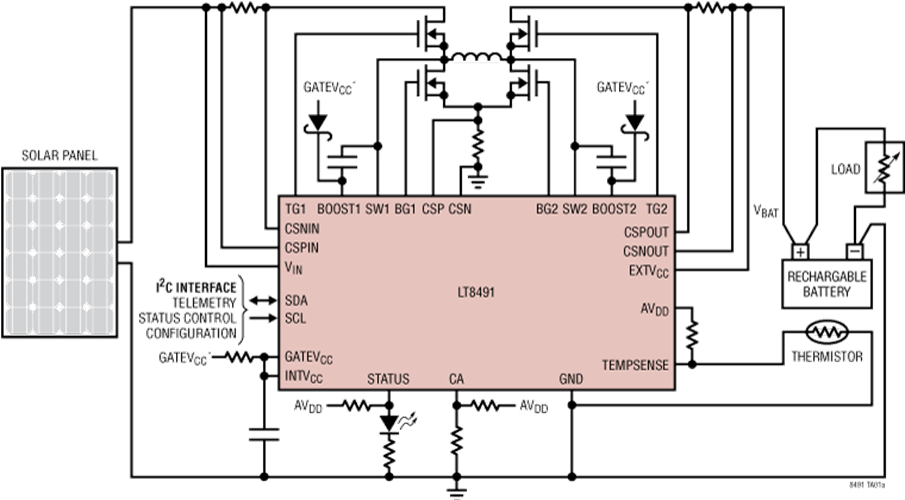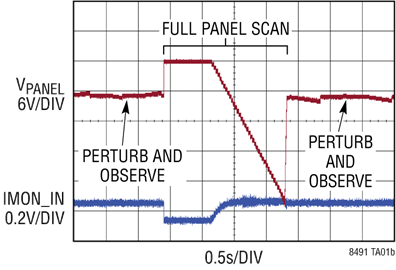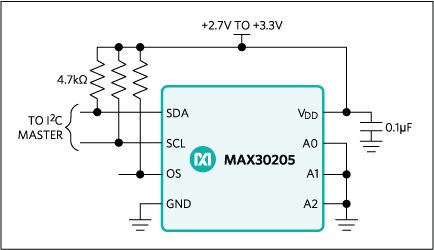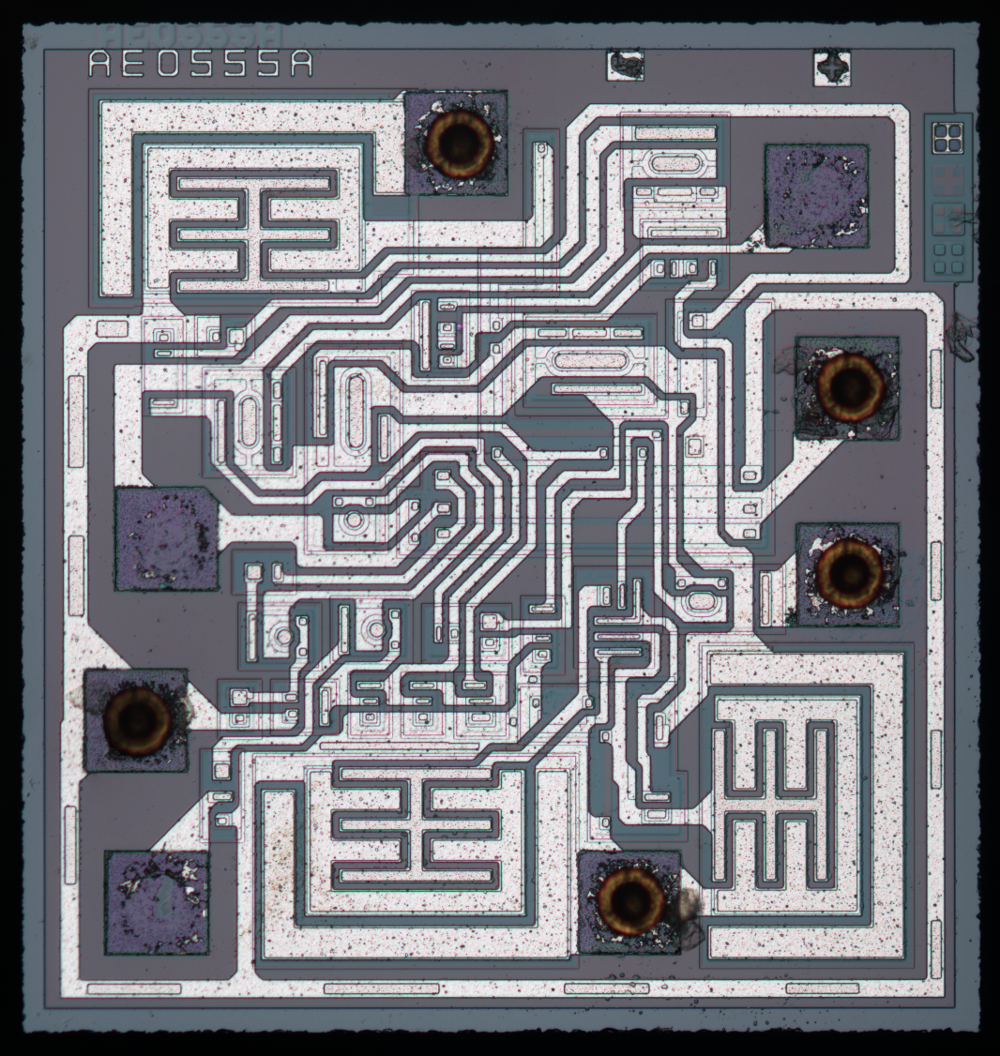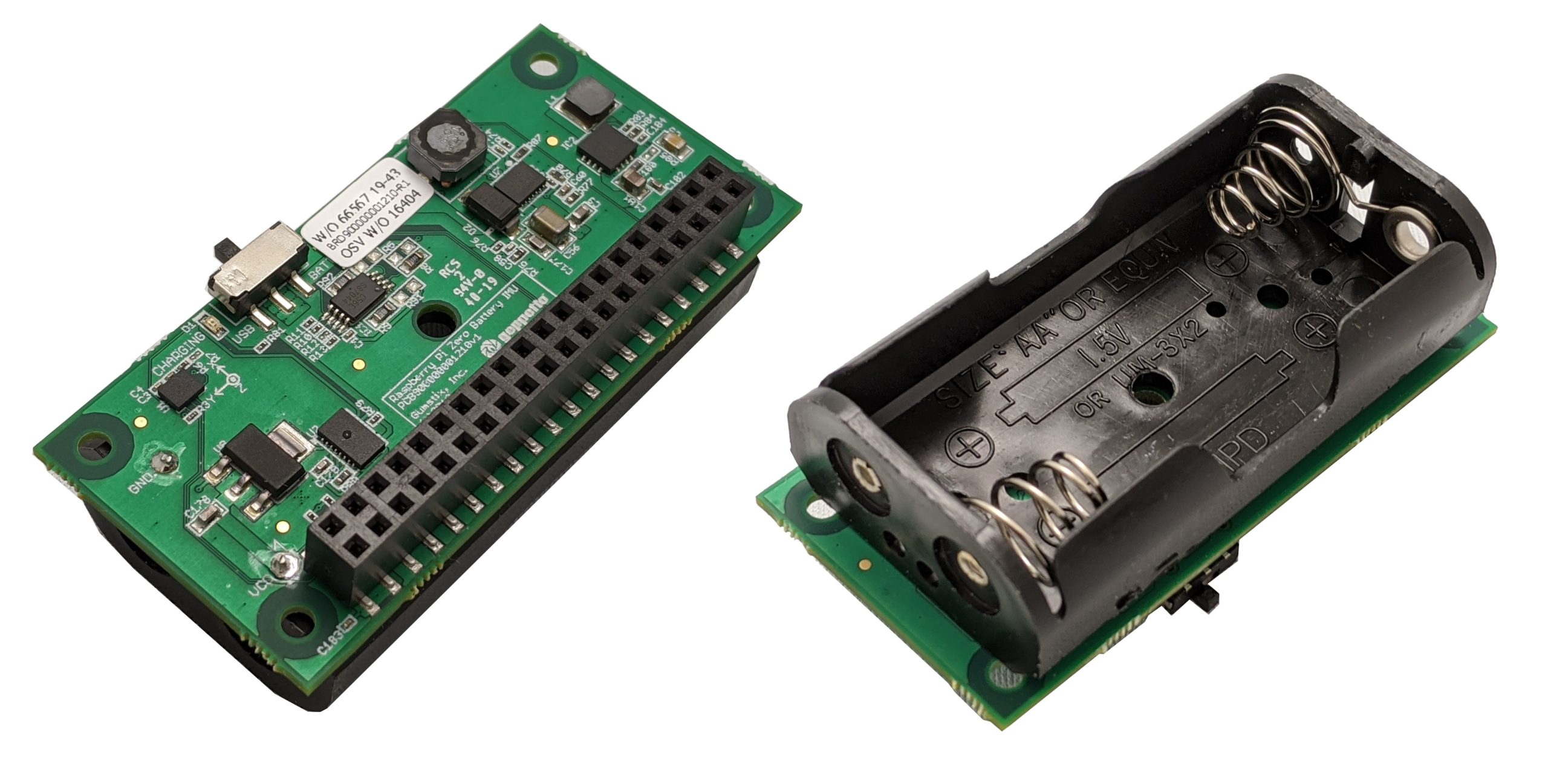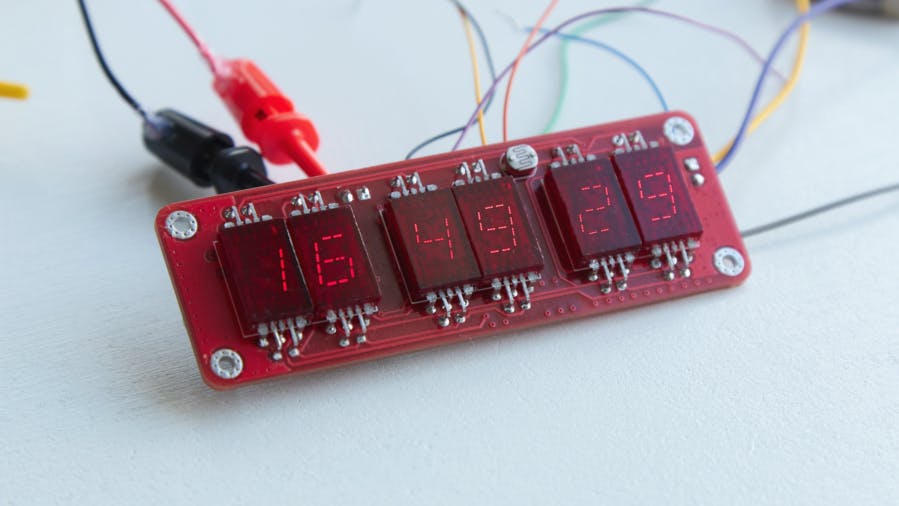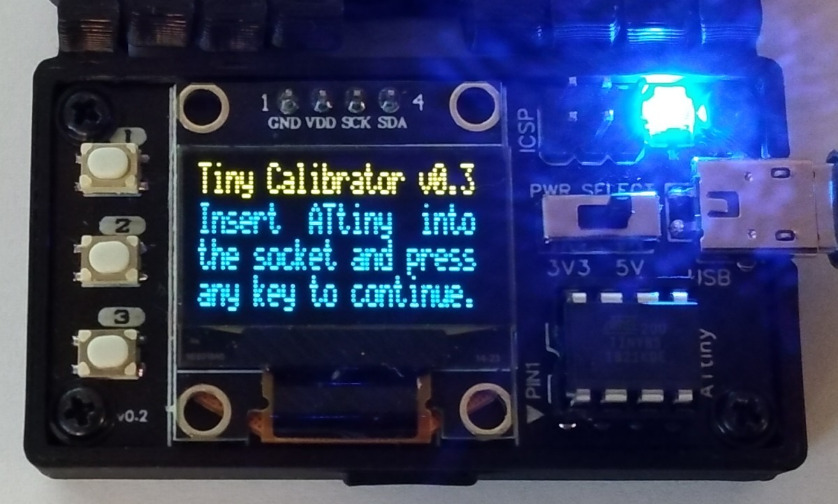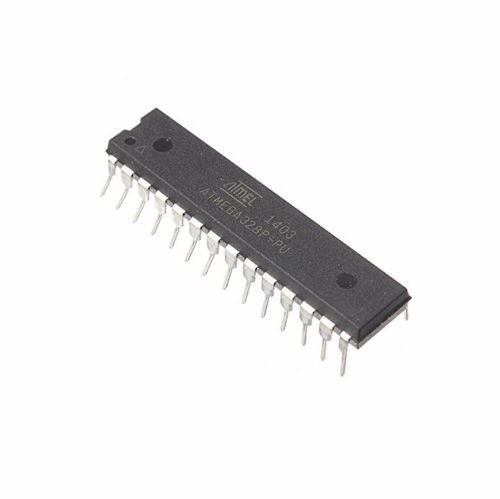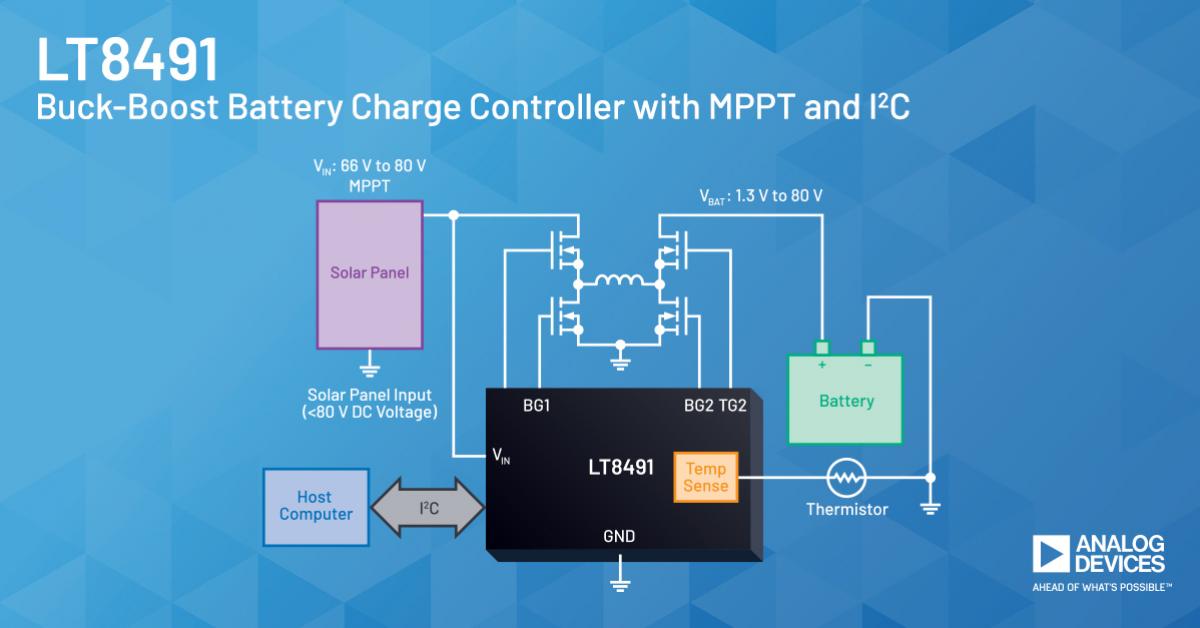
The LT8491 from Analog Devives includes Maximum Power Point Tracking (MPPT) for solar panels, with algorithms, lead acid and lithium ion batteries up to 80V.
Analog Devices (ADI) has introduced a buck-boost Maximum Power Point Tracking (MPPT) battery charging controller that includes algorithms for charging sealed lead acid, gel and flooded cells, and Li-Ion batteries up to 80V alongside a solar panel.
Features:
- VIN Range: 6V to 80V
- VBAT Range: 1.3V to 80V
- Single Inductor Allows VIN Above, Below, or Equal to VBAT
- Automatic MPPT for Solar Powered Charging
- Automatic Temperature Compensation
- I2C Telemetry and Configuration
- Internal EEPROM for Configuration Storage
- Operation from Solar Panel or DC Supply
- Four Integrated Feedback Loops
- Synchronizable Fixed Frequency: 100kHz to 400kHz
- 64-Lead (7mm × 11mm × 0.75mm) QFN Package
The LT8491 includes MPPT, temperature compensation and I2C interface for telemetry and control. It operates from input voltages above, below or equal to the regulated battery float voltage with three selectable Constant Current Constant Voltage (CC-CV) charging profiles, making it suitable for charging a variety of battery chemistry types including sealed lead acid, gel and flooded cells, and Li-Ion. All charge termination algorithms are provided onboard, eliminating the need for software or firmware.
The LT8491 operates over a 6V to 80V input range and can produce a 1.3V to 80V battery float voltage output using a single inductor with 4-switch synchronous rectification. The device is capable of charging currents as high as 10A depending on the choice of external components. The LT8491 may be paralleled with multiple LT8705 (80V buck-boost controller) devices for higher power operation.
The controller can do a sweep of the full operating range of a solar panel, finding the true maximum power point, even in the presence of local maxima points caused by partial shading of the panel. Once the true maximum power point is found, the LT8491 will operate at that point while using a dithering technique to track slow changes in the maximum point. By using these methods, the LT8491 can fully utilise nearly all the power generated by a solar panel even in non-ideal operating environments.
The LT8491 can perform automatic temperature compensation by sensing an external thermistor thermally coupled to the battery. The I2C interface provides complete control of the charger as well as input/output voltage, current, and power values. The LT8491 is available in a low profile (0.75mm) 64-pin 7mm x 11mm QFN package and is guaranteed for operation from -40°C to 125°C. Pricing starts for $10.35.
more information: www.analog.com/LT8491




